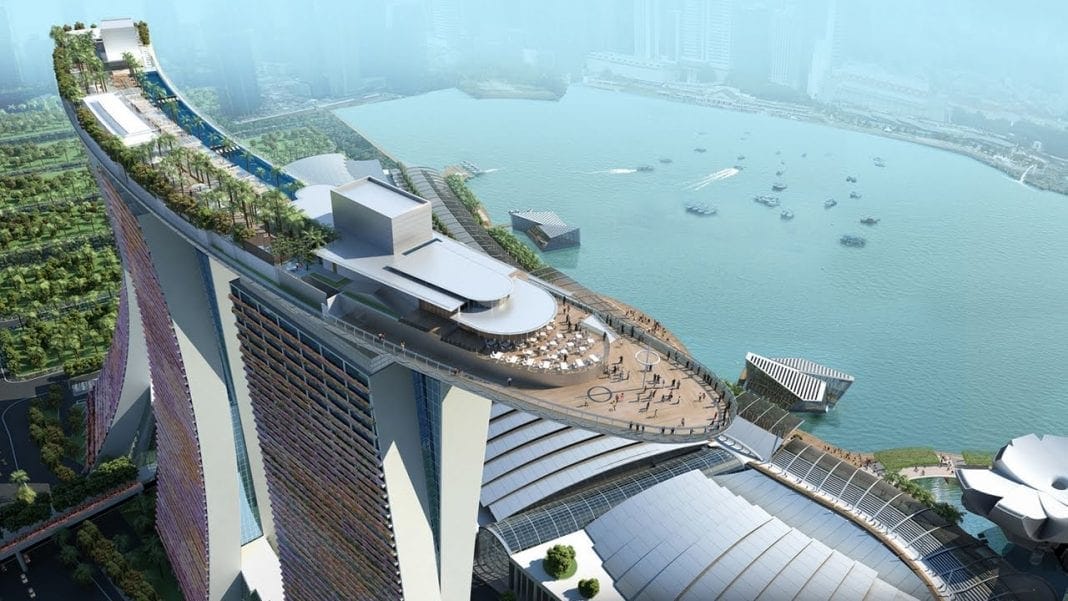And I think that highlights how this challenge of aviation’s transition to hydrogen and to climate neutral flying is not just something that’s of interest for aviation, but is something that’s of interest for society at large and something that we will need support to deliver. And in fact, we already have some of that support established, but we’re going to need more and more support to achieve what is a hugely ambitious challenge for aviation, but also where aviation can contribute to the challenge in the ground transportation and in the energy sector.
I spoke about how the scale up of hydrogen is going to reduce the cost of hydrogen. And this is just showing a few data points from independent consultants or institutes showing how they predict hydrogens cost to reduce over time. And I guess it’s worth highlighting that we’re not just interested in a technology demonstration. We’re not just interested in making something fly. That’s relatively easy. What we’re interested in is making climate neutral aviation economically viable. And so that’s what we’re focused on. And that means that we need to consider the aircraft, the technologies, but also the energy and the ecosystem all the way up to getting green hydrogen at airports.
So why hydrogen? Hydrogen is zero-emission. If we have hydrogen, which is created from renewable energy and electrolysis, it has no CO2 impact when you look at the overall life cycle. It also has more potential than any other energy carrier to reduce what we call non-CO2 emissions of aviation [inaudible 00:14:17] and persistent contrails and potentially bringing it all the way down to zero. And that’s clearly the focus of this project. That’s what we are engaging the wider technology ecosystem to help us to deliver.
Hydrogen is energy-dense, so it contains, for example, way more energy in a kilogram than what we would have in a battery which is another good alternative if you want to fly with zero emissions, but unfortunately, batteries are just way too heavy. On the downside, however, hydrogen needs a lot more volume than kerosene does, and so you’ll see in a little bit how that changes somehow the shape of the aircraft.
It also has declining costs, and we believe that as everybody pushes to the Paris Agreement, we’re going to see hydrogen coming down in cost. We see players who are beating some of what we have as our internal forecasts for how hydrogen is going to evolve already in the 2020s. And that makes us very excited that we can bring something that’s cost-effective to airline customers.
So, the aircraft that we revealed in September 2020 are on your screen right now. I spoke already about some of the features and which ones are likely to come to service or which types of concepts are more likely to come to service by 2035. What, maybe, is remaining to say is how hydrogen has a huge versatility. We can see that all the way from general aviation up through 100-passenger to 200-passenger aircraft up to 1000 and 2000 nautical miles, hydrogen is relevant. It’s not yet relevant for long-range flights, certainly in this generation of technology that we’re targeting to mature in the next few years, but it is relevant for the sort of ranges and the sort of passenger-carrying capacity that you see here. And in subsequent generations, we could imagine this technology finding its way on to longer and longer-range aircraft.
We also revealed in December last year, a fuel cell powered aircraft, so this aircraft is 100% fuel cell powered. It’s a fuel cell that creates electrical energy which is then converted into shaft power by electric motors which are connected to the propellers. This is one of the options which we’re looking at among many. We’ve communicated some of them, and you see them in this presentation today. We have others. Internally, we’re looking at mixes between some of the different concepts, and over the next months and years, we’ll be maturing the technology and making choices about which final concept we take to market.






















